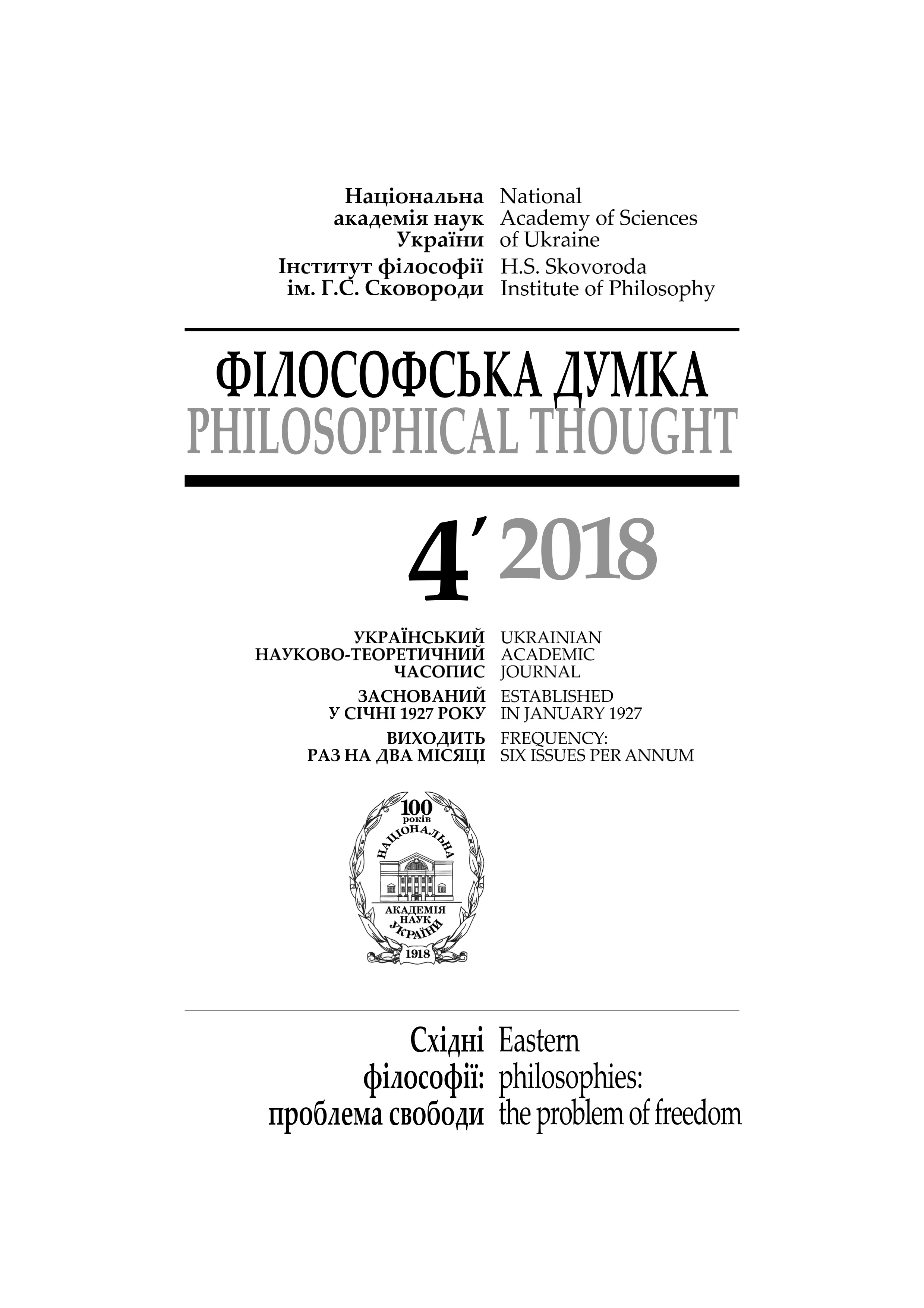Definitely Maybe: the Realm of Perspective & Truth in Jainism
Статті: Історія філософії
Keywords:
Jainism, anekantavada, multi-perspective, ultimate /partial truthAbstract
One of the central doctrines of Jainism is anekantavada, the idea that reality is many-fac- eted. It means that no point of view or perception can be a complete truth but can only be considered a partial truth. And since reality is complex, no single proposition can express the nature of reality fully. So the author argues that the structure of the Jain doctrine of relativity suggests a way of living in which the ability to see things from different viewpoints is an integral gateway to understanding reality. Summarizing, the author concludes that Jainism does not seek to provide a concrete doctrine of what IS ultimate truth but rather a doctrine that provides a PATH toward the ultimate truth.
References
Blake, W. (2016). Marriage of Heaven and Hell: and a Song of Liberty (Classic Reprint). Forgotten Books.
Dundas, P. (2016). The Jains. Motilal Banarsidass Publishers Private Ltd.
Jaini, P. S.(2014). The Jaina Path of Purification. Motilal Banarsidass Publishers Private Ltd. Long, J. (2015). Jainism: An Introduction. I.B. Tauris.
Puligandla, R. (2008). Fundamentals of Indian Philosophy. D.K. Printworld, Ltd. Radhakrishnan, S., Moore, C. (1967). A Source Book in Indian Philosophy. Princeton University
Press.Turnbull, C. (1961) The Forest People. Simon and Schuster.
Downloads
-
PDF (Українська)
Downloads: 335
Published
How to Cite
Issue
Section
License
Authors who publish with this journal agree to the following terms:
- Authors retain copyright and grant the journal right of first publication.
- Authors are able to enter into separate, additional contractual arrangements for the non-exclusive distribution of the journal's published version of the work (e.g., post it to an institutional repository or publish it in a book), with an acknowledgement of its initial publication in this journal.
- Authors are permitted and encouraged to post their work online (e.g., in institutional repositories or on their website) prior to and during the submission process, as it can lead to productive exchanges, as well as earlier and greater citation of published work (See The Effect of Open Access).


